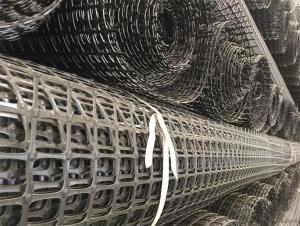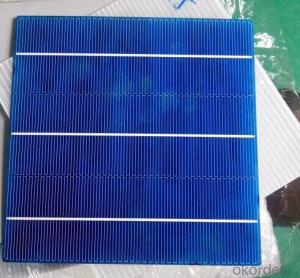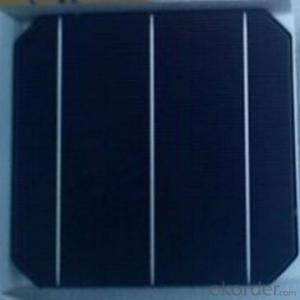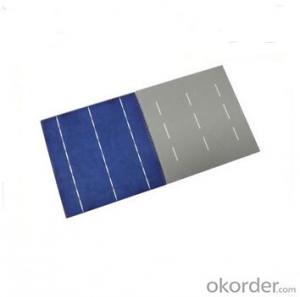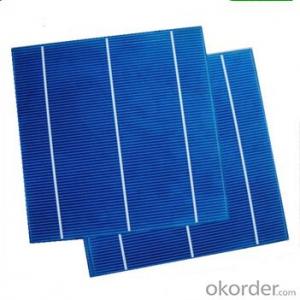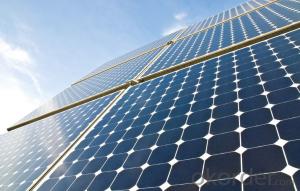Polymer Solar Cells Market
Polymer Solar Cells Market Related Searches
Except For Solar Cells Weegy Problems With Solar Cells High Power Solar Cells Light Trapping In Solar Cells High Performance Solar Cells High Output Solar Cells High Wattage Solar Cells Energy Transfer In Solar Cells High Efficiency Hvac Systems Recombination In Solar CellsHot Searches
Cheap Solar Cells For Sale Flexible Solar Cells For Sale Q Cells Solar Panels For Sale Printed Solar Cells For Sale Bulk Solar Cells For Sale 6x6 Solar Cells For Sale Broken Solar Cells For Sale Cpv Solar Cells For Sale Photoelectric Cells For Sale Price Of Silicon Solar Cells Price Of Solar Cells Over Time Buy Solar Cells From China Cheap Solar Cells China Best Type Of Solar Cells Flexible Solar Cells Price Q Cells Solar Panels Price 3 Types Of Solar Cells Production Of Solar Cells Common Types Of Solar Cells Q Cells Solar Panel PricesPolymer Solar Cells Market Supplier & Manufacturer from China
Okorder.com is a professional Polymer Solar Cells Market supplier & manufacturer, offers integrated one-stop services including real-time quoting and online cargo tracking. We are funded by CNBM Group, a Fortune 500 enterprise and the largest Polymer Solar Cells Market firm in China.Hot Products
FAQ
- Yes, solar cells can be used for powering airports. In fact, many airports around the world are incorporating solar energy as a sustainable and renewable power source. Solar panels can be installed on airport rooftops, parking lots, and vacant land to generate electricity and reduce reliance on traditional grid-connected power. This not only helps airports become more environmentally friendly but also saves on energy costs in the long run.
- Yes, solar cells can indeed be used to power water pumps or irrigation systems. Solar cells convert sunlight into electricity, which can be stored in batteries or used directly to power water pumps. This provides a sustainable and renewable energy source for pumping water for irrigation purposes, even in remote areas without access to the grid.
- Yes, solar cells can be used to power remote wildlife monitoring systems. Solar cells convert sunlight into electricity, providing a sustainable and reliable power source for monitoring equipment in remote areas where access to the electrical grid may be limited or unavailable. This allows for continuous operation of the monitoring systems without the need for frequent battery replacements or reliance on fossil fuels.
- Yes, solar cells can be used in remote sensing devices. Solar cells are capable of converting sunlight into electricity, making them an ideal power source for remote sensing devices that require continuous operation in areas where traditional power sources are unavailable or impractical to use.
- Yes, solar cells can be used for air conditioning through the utilization of solar-powered air conditioning systems. These systems convert solar energy into electricity, which is then used to power air conditioning units, enabling cooling without relying on traditional energy sources.
- The advantages and effects of solar energy
- The advantages of solar energy: solar energy as a new energy, it has three characteristics compared with conventional energy: First: it is the most abundant energy available to humans.It is estimated that in the past 1.1 billion years, the sun consumed Its own energy of 2% .In the future enough to supply the Earth human beings, the use of billions of year
- Yes, solar cells can be used in desert areas. In fact, desert regions are ideal for solar energy production due to their high levels of sunlight and low cloud cover. The arid conditions also help keep solar panels clean and free from debris, maximizing their efficiency.
- Solar cells can positively impact property value by increasing its market appeal and attractiveness to potential buyers. The presence of solar cells signifies energy efficiency, lower electricity costs, and environmental consciousness, which are all desirable qualities in a property. Additionally, solar cells can potentially generate income through net metering or selling excess energy back to the grid, further enhancing the value of the property.
















